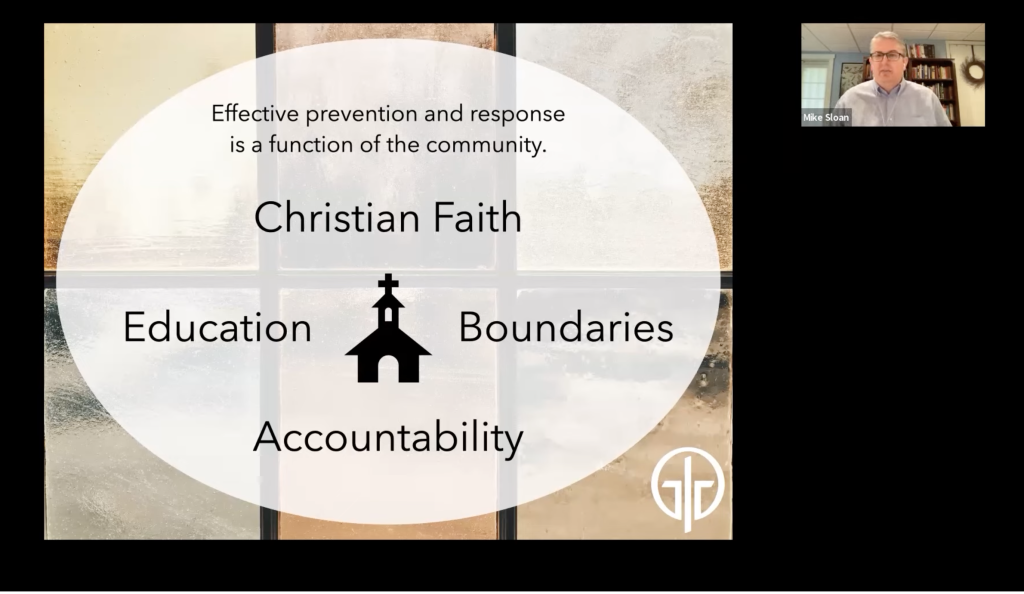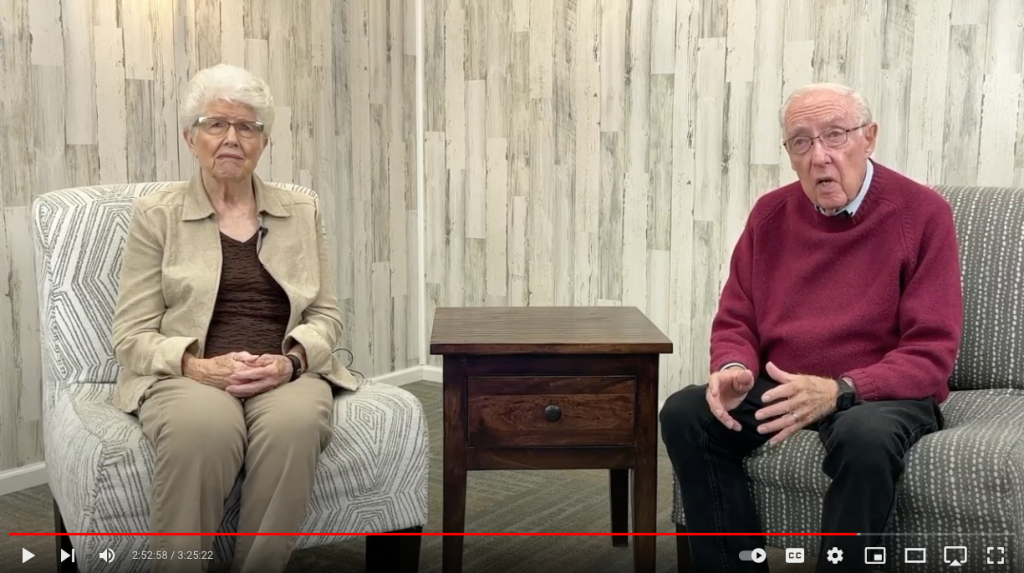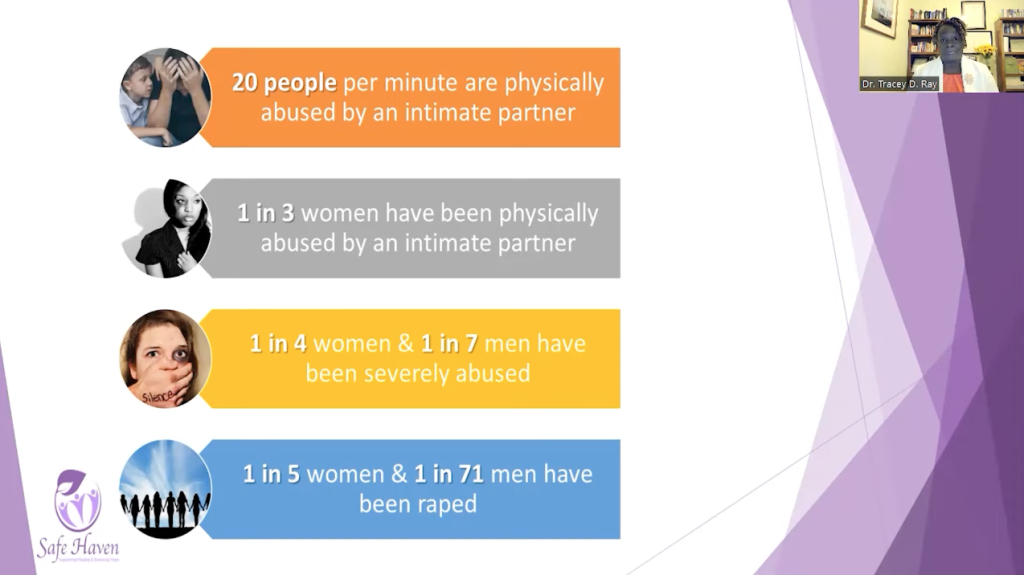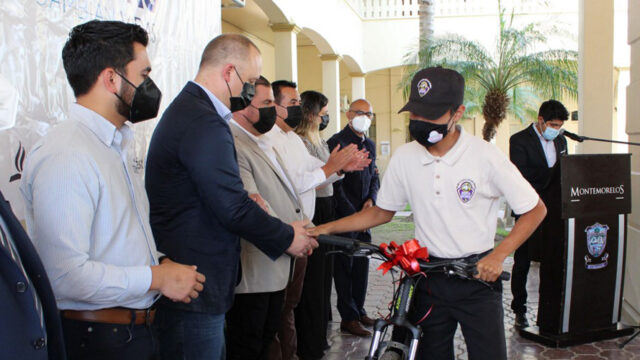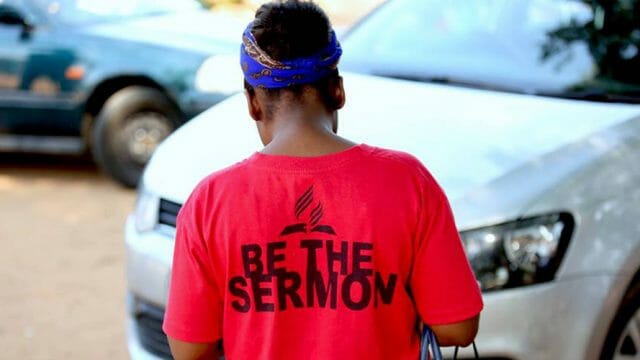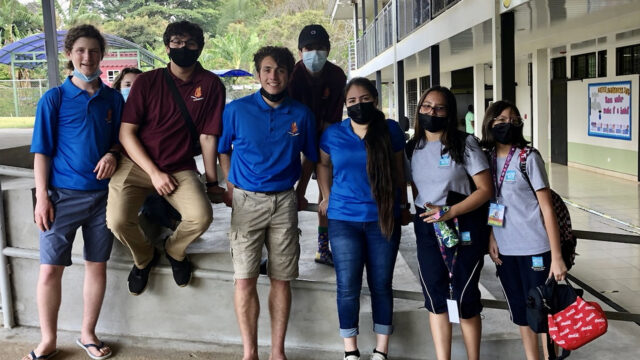Online event seeks to train, equip leaders, local church pastors, and members.

In 2020, COVID-19 thrust us into a pandemic that disrupted every aspect of our lives. But did you know there’s another, often-ignored pandemic? That is the pandemic of abuse against men, women, and children. And in the church context, a third to a half of any congregation has been victimized by some form of abuse.
On November 13, 2022, the North American Division of the Seventh-day Adventist Church (NAD) hosted its annual virtual enditnow Summit on Abuse, designed to help “create safe churches and communities.” The summit was streamed on the NADAdventist YouTube channel in English, with French and Spanish subtitles available. Hosted by Julio Muñoz, NAD associate director of communication, it attracted viewers from around the world, with more than 1,500 views to date.
The summit targeted pastors and other leaders on the “front lines of abuse prevention and intervention,” as described by Ivan Williams, NAD Ministerial Association director, while appealing to a broader church community.
The summit featured four educational presentations, including “An Effective Culture of Prevention and Response” by Mike Sloan, director of the Safeguarding Initiative at Godly Response to Abuse in the Christian Environment (G.R.A.C.E.), and “Unseen Scars” by Tracey Ray, executive director of Safe Haven of Pender, which serves victims and survivors of domestic violence.
It also included “Responding to Offenders in Your Church,” also by Sloan; and “Abuse of Power,” by Dick and Ardis Stenbakken, retired from the General Conference of the Seventh-day Adventist Church, where Dick served as director of Adventist Chaplaincy Ministries and Ardis as director of Women’s Ministries. Notably, what is now known as the enditnow initiative began during Ardis’s tenure at the General Conference.
Interspersed throughout were insightful animated videos illustrating the right and wrong ways for church leaders to respond to abuse-related scenarios.
In his opening remarks, G. Alexander Bryant, NAD president, stated, “We’re determined to end [all] abuse in our churches, schools, and entities and make the Seventh-day Adventist Church a safe place for the most vulnerable among us. Let’s stay vigilant until we end it now.”
Changing the Church Culture around Abuse Issues
Presenters challenged viewers to help cultivate a culture that not only responds more effectively but also acts to prevent abuse. Sloan, the opening presenter, stated, “As Christians, we are to reflect the heart of God to protect others and value the vulnerable.”
Sloan called for a shift from organizations’ tendency to tackle abuse from a risk management perspective to one that protects victims. He also promoted the development of broader abuse policies, which would acknowledge that most abuse takes place beyond on-site church programs for children and youth. Finally, he offered a four-part framework, including the lens of Christian faith, education, boundaries, and accountability. He stressed that “Jesus [often] spoke directly against abuse,” and so should we.
Delving deeper into holding offenders accountable in his second presentation, Sloan stated, “Our call as leaders is not to be naïve but to be educated and proactive and bring safety amongst disciples.” Therefore, we must understand common offender distortions like denial, minimizing, excusing, lying, and shifting blame, and beware of offenders using grace and forgiveness as tools of manipulation. “Though our Christian faith has at its root grace and forgiveness,” Sloan said, “it also has at its core leaders using their power to protect people. This reflects the heart of God.” Thus, repentance must come before forgiveness.
Furthermore, churches need to establish policies to protect members. These include requiring a high level of accountability from known offenders; their exclusion from positions of power; a thorough evaluation process; and an accountability plan requiring involvement in offender treatment or a program run by licensed professionals.
“The stakes are high,” Sloan concluded. “For someone who is abused and exploited, [our churches] must be a place of refuge, strength, protection, and healing.”
Ray, the second presenter, revealed, “This is a full-circle moment, as I’m not only a practitioner, I’m also a survivor of intimate partner violence. As I look back on 16-to-21-year-old me, I hear her saying, [hallelujah], we made it through.”
Ray then shared some shocking statistics, such as that 20 people per minute are physically abused by an intimate partner. And, according to the American Journal of Emergency Medicine, after the onset of COVID-19 in 2020, global domestic violence cases increased by 25 to 33 percent. She noted that many domestic violence victims, like her, still come to church and even serve but feel unseen and uncared for. She asked, “Where are these victims? They’re possibly sharing a church pew with you, with me. These stats are real, and we can’t keep ignoring them.”
Ray concluded, “My encouragement, as we prepare our churches to be more empathetic to domestic violence victims, is to open our hearts to be present, believe their story, and just listen. And if we don’t know what to do, find someone who does.”
Working Together to Eradicate Abuse
The final presentation with the Stenbakkens defined abuse of power as “the misuse of the authority vested in a person or an official for personal advantage or misusing it toward juniors or subordinates or a combination of both, which results in adverse effects and breeds negativity.” Abuse of power occurs in several categories: positional, economic, influential, physical, informational, psychological and emotional, sexual, and spiritual. And, Dick said, “the problem isn’t limited to one part of the world. It’s a pandemic.”
The couple underscored that when abuse takes place, the one in power is always responsible. Ardis said, “We will not be judged by the temptations put in front of us but by our response.” She concurred with Sloan that restoration is not always possible or appropriate. However, it should be attempted when possible. In these cases, it will involve confrontation, confession, repentance, personal counseling, marriage or family counselling, and accountability groups.
Finally, Dick emphasized, “When boundaries are crossed, someone will always get hurt … the victim, the person in power, the church and the mission of Christ.” He called on participants to “imitate Christ and live a life of love” (see Ephesians 5:1) as we work together to eradicate abuse.
The positive viewer response included this comment from Clara Baptiste of Ontario, Canada: “Thanks for your commitment to keeping abuse in the body of Christ out of the closet, and for providing resources to ensure that we do all in our power to ‘end it now.’ ”
Erica Jones, enditnow summit organizer and NAD assistant Women’s Ministries director, noted that in a survey of 1,400 church members who’d experienced abuse, 60 percent had reached out to a pastor or another church member for help; thus, this summit and the annual enditnow emphasis day in August aim to “equip [leaders and members] to make their churches safe places for everyone.”
She concluded, “Abuse doesn’t recognize race, gender, age, or faith, but with your help, we can end abuse in our communities and provide safe havens in a world of chaos. Together, let’s end it now.”
The original version of this story was posted on the North American Division news site.


